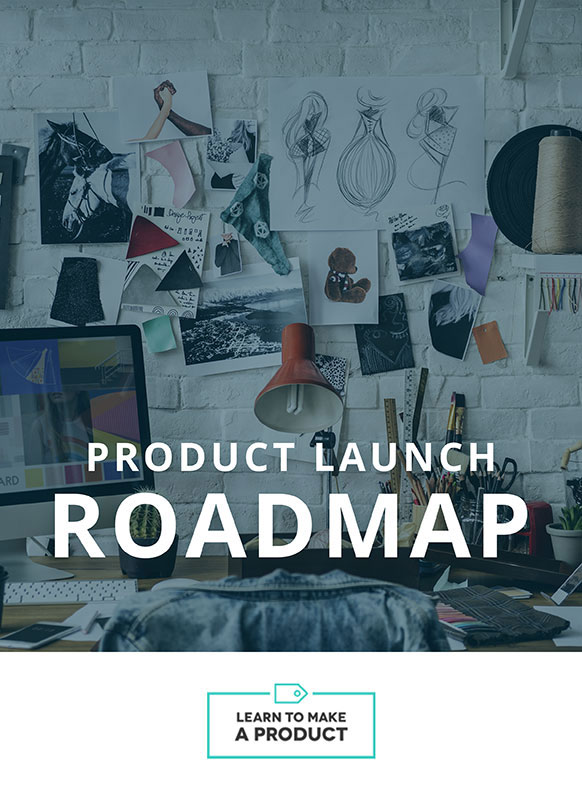This article originally appeared on our Forbes blog
Checking references is an important (and free!) part of the supplier vetting process. I’m surprised by how many makers either don’t request them or don’t follow through once they secure names. Further, it’s not enough to ask easy questions such as, “Do you recommend Company X?” as the goal of each conversation is to go beyond surface level information. When done properly, speaking with references should paint a fuller picture of what it would actually be like to work with a given supplier.
Here are four tips to optimize your reference checks and make more informed decisions as you source new partners.
1) Ask For More Than One Reference
Reputable suppliers should have multiple happy customers willing to endorse them. When requesting references, be clear that you’d like a few options, and let the supplier know that both past and present clients are okay. This may give them more range, as some clients in their roster will be off limits due to privacy clauses.
If a supplier refuses to provide references or will only send a single point of contact, this is usually a sign to proceed with caution.
2) Stick To Your Product Category
Speaking with references who have made products similar to yours is key. For example, if you on the hunt for a factory that specializes in structured outerwear, but the references you receive can only vouch for the supplier’s ability to produce casual knits, the intel is only so helpful. Seek confirmation that a partner is good at what you are making.
3) Create A Vetting Checklist
It always pays to be organized and methodical when vetting, especially when you’re in contact with multiple potential partners and need to collect and evaluate lots of data. Before setting up discussions with references, make a list of the questions you want each one to answer. You’ll also need somewhere to compile all of the information you receive, such as in a spreadsheet dedicated to your vetting efforts.
Here are some suggested points of inquiry:
- Is the supplier responsive? How long do they typically take to reply to messages?
- How long has the reference worked with the supplier?
- Has pricing increased over time? If so, why?
- Are deadlines usually met? If not, why?
- If there has even been a quality issue with the factory, how was it remedied?
- You’ll receive an extra layer of feedback if you ask questions by questions by phone since it’s possible to pick up on more nuanced forms of communication such as tone, hesitation, sarcasm, etc.
4) Remember That No Supplier Is Perfect
A factory doesn’t need to score 100% on price, quality, speed, responsiveness and everything else you’re looking for in order to be a worthy choice. As with any relationship, partnering with supplier requires compromises. The important thing is that you are clear-eyed about the potential trade-offs of working with one vendor over another.
For example, if you hear repeatedly that a factory has great quality but needs to be nudged a bit to finish orders on time, you can enter the partnership knowing you’ll need to build in delivery buffers. Preparation can help eliminate unwanted surprises and offset a vendor’s weak spots. This is not to say you should ignore negative feedback, but rather a reminder that no business is perfect.
References are likely to say positive things about a supplier, or else they wouldn’t have been chosen in the first place. By starting each conversation with the reminder that you aren’t seeking perfection but rather a solid, reliable partner, you’re more likely to receive authentic feedback.




